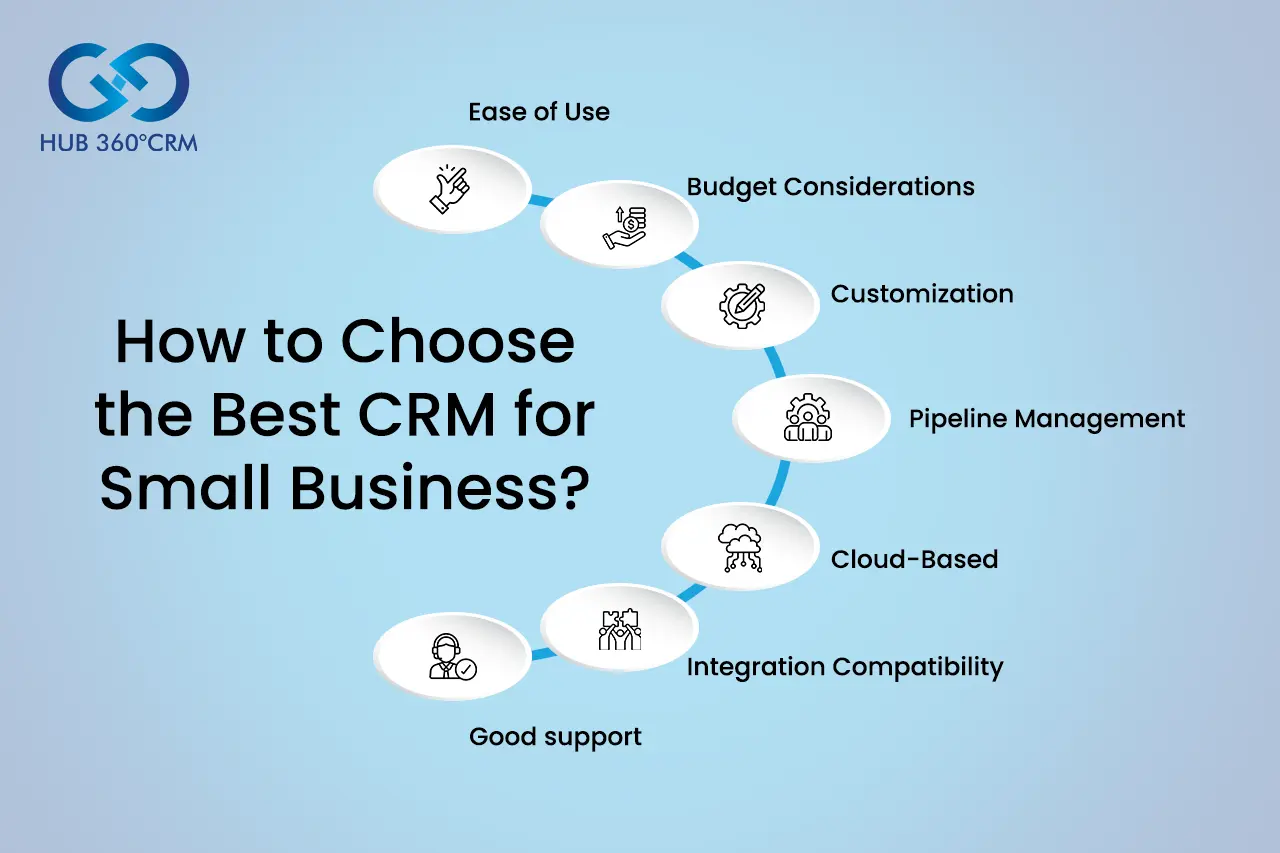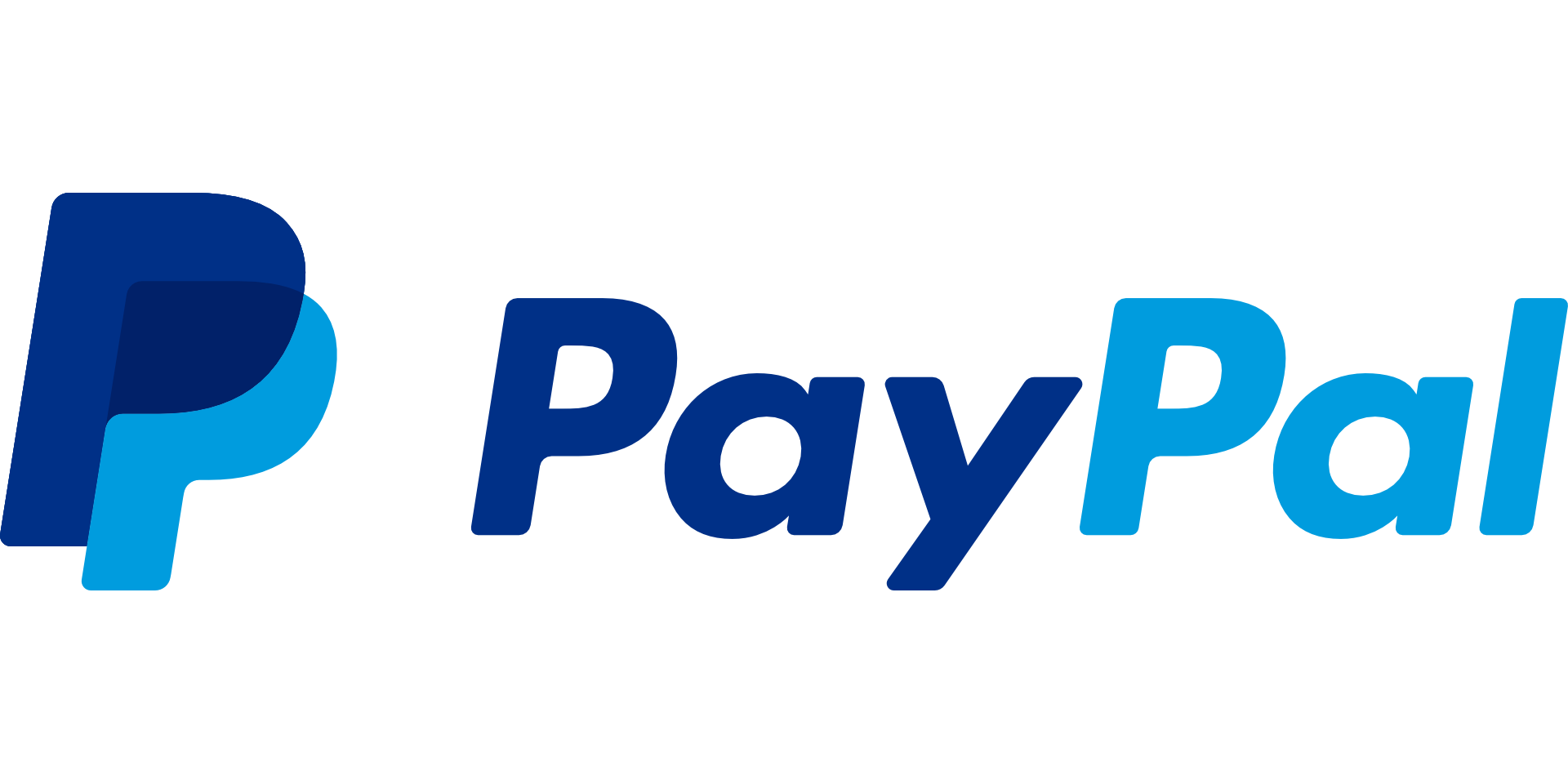Introduction: Why Your Small Business Needs a CRM
Running a small business is a whirlwind. You’re juggling a million things – from product development and marketing to customer service and finances. In the midst of this chaos, it’s easy for crucial details to slip through the cracks. That’s where a Customer Relationship Management (CRM) system comes in. Think of it as your central hub for everything customer-related. It’s the digital brain that remembers the names, faces, preferences, and past interactions of your clients.
But with so many CRM options available, figuring out where to start can be overwhelming. That’s why we’ve created the ultimate small business CRM checklist. This guide will walk you through everything you need to know, from selecting the right CRM to implementing it effectively and maximizing its benefits. We’ll cover the essential features, the implementation steps, and the best practices to ensure your CRM becomes a powerful asset for your business growth.
Phase 1: Assessing Your Needs – Before You Start Shopping
Before diving into the world of CRM software, take a moment to understand your business’s unique requirements. This self-assessment will save you time, money, and a whole lot of headaches down the road. It’s like building a house; you need a solid foundation before you start framing the walls.
1. Define Your Business Goals: What Do You Want to Achieve?
What are your primary objectives? Are you aiming to:
- Increase sales?
- Improve customer retention?
- Streamline your marketing efforts?
- Enhance customer service?
- Boost team collaboration?
Your answers will guide your CRM selection. For example, if sales are your priority, you’ll need a CRM with strong sales automation and pipeline management features. If customer service is key, look for features like help desk integration and live chat capabilities.
2. Identify Your Target Audience and Customer Journey
Who are your ideal customers? Understanding their needs and how they interact with your business is crucial. Map out the customer journey – from initial contact to purchase and beyond. Consider these touchpoints:
- Website visits
- Social media interactions
- Email inquiries
- Phone calls
- Purchases
- Post-purchase support
How do you want to improve their experience at each stage? This will inform the features you prioritize in your CRM.
3. Analyze Your Current Processes and Pain Points
What are your current systems? Are you using spreadsheets, email, or a combination of tools to manage customer data? What’s working well, and what’s causing frustration? Common pain points include:
- Lost leads
- Inefficient communication
- Lack of visibility into customer interactions
- Difficulty tracking sales progress
- Manual data entry
Identifying these pain points will help you select a CRM that addresses your specific challenges.
4. Determine Your Budget and Resources
CRM systems range in price from free to tens of thousands of dollars per year. Consider your budget and the resources you have available for implementation and training. Factors to consider include:
- Software costs
- Implementation fees (if applicable)
- Training costs
- Ongoing maintenance and support
Remember to factor in the time your team will spend learning and using the new CRM.
5. Assess Your Team’s Technical Skills and Readiness
How tech-savvy is your team? Some CRM systems are more complex than others. Consider your team’s comfort level with technology and choose a CRM that’s user-friendly and easy to learn. Provide adequate training and support to ensure a smooth transition.
Phase 2: Choosing the Right CRM – The Checklist Essentials
Now that you’ve assessed your needs, it’s time to start evaluating CRM systems. This checklist outlines the essential features and considerations for selecting the right one for your small business.
1. Core CRM Features: The Must-Haves
These features are the foundation of any good CRM:
- Contact Management: The ability to store and organize customer data, including contact information, interactions, and purchase history.
- Lead Management: Features to capture, track, and nurture leads, from initial contact to conversion. This includes lead scoring, lead routing, and lead nurturing workflows.
- Sales Automation: Tools to automate repetitive sales tasks, such as sending emails, scheduling appointments, and creating follow-up reminders.
- Reporting and Analytics: Real-time insights into your sales performance, customer behavior, and marketing effectiveness. Customizable dashboards and reports are essential.
- Communication Tracking: Record all interactions with customers, including emails, calls, and meetings, to provide a complete view of the customer journey.
2. Key Considerations for Your Small Business
- Scalability: Choose a CRM that can grow with your business. Consider the number of users, the amount of data you’ll be storing, and the potential for future expansion.
- Integrations: Does the CRM integrate with the other tools you use, such as email marketing platforms, accounting software, and social media channels? Seamless integration saves time and improves efficiency.
- Ease of Use: A user-friendly interface is crucial for adoption. Look for a CRM that’s intuitive, easy to navigate, and requires minimal training.
- Mobile Access: Can you access the CRM from your mobile devices? Mobile access allows your sales team to stay connected and manage their contacts on the go.
- Customer Support: What kind of support does the CRM provider offer? Look for responsive customer service, online documentation, and training resources.
- Pricing: Compare pricing plans and choose the one that best fits your budget and needs. Be sure to understand the features included in each plan.
- Security: Ensure the CRM provider has robust security measures in place to protect your customer data. Look for features like data encryption, user permissions, and regular backups.
3. Evaluating CRM Systems: A Practical Approach
Now for the fun part: researching and comparing different CRM systems. Here’s a step-by-step guide:
- Research CRM Providers: Explore popular CRM options like HubSpot CRM, Salesforce Sales Cloud, Zoho CRM, Pipedrive, Freshsales, and others. Read reviews, compare features, and see what other small businesses are using.
- Create a Shortlist: Narrow down your options to a few CRM systems that seem like a good fit for your needs.
- Request Demos: Schedule demos with the CRM providers on your shortlist. This will give you a hands-on look at the software and allow you to ask questions.
- Start Free Trials: Take advantage of free trial periods to test out the CRM and see how it works in your environment.
- Consider Industry-Specific CRMs: If you’re in a niche industry, research CRM systems specifically designed for your field. These CRMs often have features tailored to your unique needs.
- Read Reviews and Case Studies: See what other users are saying about the CRM and how it has helped them.
- Check for Customization Options: Can you customize the CRM to fit your specific workflows and branding?
Phase 3: Implementation – Setting Up Your CRM for Success
Choosing the right CRM is only half the battle. Successful implementation is critical to realizing the full benefits of your new system. Here’s a checklist for a smooth and effective implementation process.
1. Planning and Preparation
- Define Your Implementation Plan: Create a detailed plan that outlines the steps you’ll take to implement the CRM. Include timelines, responsibilities, and milestones.
- Data Migration Strategy: Determine how you’ll migrate your existing customer data to the new CRM. This might involve importing data from spreadsheets, other CRMs, or databases. Clean and organize your data before importing it.
- Choose a Project Lead: Assign a project lead who will be responsible for overseeing the implementation process.
- Team Buy-In: Get buy-in from your team. Explain the benefits of the new CRM and involve them in the implementation process.
2. Data Migration and Setup
- Import Your Data: Import your customer data into the CRM. Ensure that all data fields are mapped correctly.
- Customize the CRM: Configure the CRM to match your business processes and workflows. This includes setting up custom fields, creating user roles, and customizing dashboards.
- Integrate with Other Tools: Connect the CRM with your other business tools, such as email marketing platforms, accounting software, and social media channels.
- Set Up User Permissions: Define user permissions to control access to data and features.
3. Training and Adoption
- Provide Training: Train your team on how to use the CRM. Offer different training methods, such as online tutorials, webinars, and in-person sessions.
- Create Training Materials: Develop training materials, such as user manuals and cheat sheets, to help your team learn the CRM.
- Encourage Adoption: Encourage your team to use the CRM regularly. Highlight the benefits of using the CRM and provide ongoing support.
- Monitor Usage and Provide Feedback: Track CRM usage and provide feedback to your team. Identify areas where they may need additional training or support.
4. Testing and Refinement
- Test the CRM: Test the CRM thoroughly to ensure that it’s working correctly.
- Gather User Feedback: Gather feedback from your team on their experience with the CRM.
- Make Adjustments: Make any necessary adjustments to the CRM based on user feedback.
- Refine Your Processes: Optimize your processes to take full advantage of the CRM’s features.
Phase 4: Maximizing Your CRM’s Value – Ongoing Strategies
Implementing a CRM is not a one-time event; it’s an ongoing process. To get the most out of your CRM, you’ll need to continuously monitor, refine, and optimize your usage. This checklist outlines the strategies to maximize your CRM’s value.
1. Continuous Monitoring and Improvement
- Track Key Metrics: Monitor key metrics to assess the CRM’s effectiveness. These might include sales conversion rates, customer retention rates, and lead generation metrics.
- Analyze Data Regularly: Regularly analyze your CRM data to identify trends, patterns, and areas for improvement.
- Gather Feedback: Continuously gather feedback from your team on their experience with the CRM.
- Make Adjustments: Make adjustments to your CRM configuration and processes based on your analysis and feedback.
2. Data Management and Hygiene
- Maintain Data Accuracy: Ensure that your customer data is accurate and up-to-date.
- Regular Data Cleansing: Regularly cleanse your data to remove duplicates, correct errors, and update outdated information.
- Implement Data Governance: Establish data governance policies to ensure data quality and consistency.
- Protect Data Security: Implement security measures to protect your customer data from unauthorized access.
3. Training and Support
- Provide Ongoing Training: Provide ongoing training to your team on new features and updates.
- Offer Support: Offer ongoing support to your team to answer their questions and address any issues.
- Create a Knowledge Base: Create a knowledge base with FAQs, tutorials, and other resources to help your team use the CRM.
- Stay Up-to-Date: Stay up-to-date on the latest CRM features and best practices.
4. Leveraging Automation and Integrations
- Automate Tasks: Automate repetitive tasks, such as sending emails, scheduling appointments, and creating follow-up reminders.
- Explore Integrations: Explore integrations with other tools to streamline your workflows and improve efficiency.
- Optimize Workflows: Optimize your workflows to make the most of the CRM’s features and integrations.
- Personalize Customer Experiences: Use the CRM to personalize customer experiences and improve customer satisfaction.
Beyond the Checklist: Tips for CRM Success
This checklist provides a solid foundation for implementing and using a CRM. However, there are other factors that contribute to long-term success. Here are some additional tips:
- Start Small and Iterate: Don’t try to implement everything at once. Start with the core features and gradually add more functionality as your team becomes more comfortable.
- Focus on User Adoption: The success of your CRM depends on user adoption. Make sure your team is engaged and motivated to use the system.
- Be Patient: It takes time to fully realize the benefits of a CRM. Be patient and persistent, and you’ll eventually see results.
- Celebrate Successes: Acknowledge and celebrate successes to keep your team motivated and engaged.
- Regularly Review and Adapt: Your business and customer needs will evolve over time. Regularly review your CRM setup and adapt to ensure it continues to meet your needs.
- Don’t Be Afraid to Seek Help: Don’t hesitate to seek help from the CRM provider or a consultant if you need assistance.
Conclusion: Building Strong Customer Relationships with CRM
Implementing a CRM system is a significant step toward building stronger customer relationships and driving business growth. By following this checklist, you can choose the right CRM, implement it effectively, and maximize its value. Remember, a CRM is more than just software; it’s a strategy for putting your customers at the heart of your business. By investing in a CRM and consistently using it, your small business can improve sales, boost customer loyalty, and achieve sustainable success.
The key is to take it one step at a time, stay focused on your goals, and be committed to continuous improvement. With the right CRM and a well-defined strategy, you can transform your customer relationships and unlock the full potential of your small business. So, take the leap, embrace the power of CRM, and watch your business flourish!


